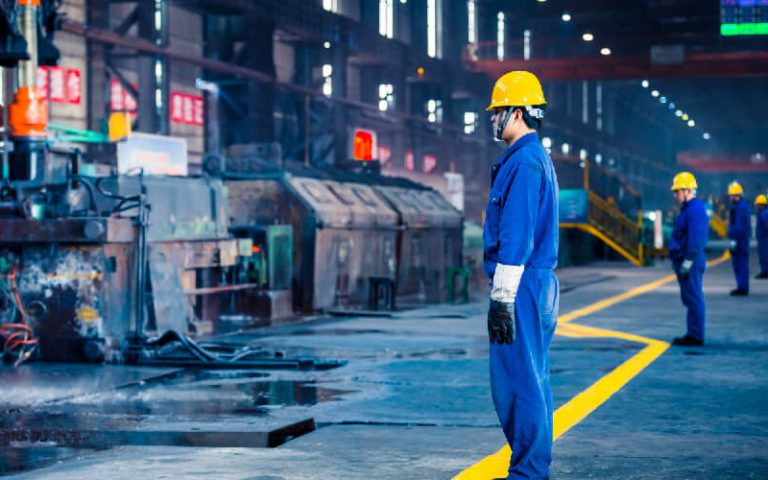Customers may now choose from a variety of fresh, unprocessed, and delicious pastries, ranging from bread and cakes to biscuits, muffins, and pizza crusts, from bakeries. One of the keys to their success, according to these experts, is having a dependable commercial mixer that produces the highest-quality product possible. It’s just as important as choosing the best ingredients for the recipes.
A baker’s commercial mixer must be tailored to his or her specific kitchen requirements. When this happens, he or she will often see a significant gain in productivity, efficiency, and less money spent on maintenance, repairs, and other expenses that could drive consumers away and negatively influence their business’ bottom line over time.
Before purchasing a mixer, bakers should consider the many types of dishes they plan to make on a regular basis. What kind of dough or batter do the majority of their recipes call for, and how thick should it be? Will they bake unique bread, muffins, cookies, or a combination of all three?
When it comes to selecting the correct mixer and size, the volume and weight of the ingredients are crucial.
Bakers should consider themselves, “What are the possibilities that I’ll use this mixer for something other than dough in the future?” Will it be used for vegetables, sauces, or spreads in the future? There is a lot to think about before making a purchase. Buy for what you want to become.
Planetary and spiral mixers are the two most prevalent types of commercial mixers, as most bakers are aware. They may, however, be unaware of the many differences that exist between them. Bakers must understand the differences between planetary and spiral mixers in order to determine which is ideal for their kitchens and businesses’ production. When diversity of use and robust kneading are sought, a planetary mixer is appropriate. When preparing artisan and airier dough, however, a spiral mixer is the best solution.
Planetary Mixers
Planetary mixers provide a wide range of possibilities for bakers who need to produce a large number of various cuisines. While planetary mixers are fantastic for combining cookie components and kneading heavy dough, they can also be used to slice vegetables, cut meat, grate cheese, create a batter, and whip light meringues, giving bakers more options.
Because of this versatility, bakers can branch out and offer clients options other than classic baked items like cookies and bread.
For best performance, planetary mixers require the right attachments and agitators. For bowl mixing, agitators such as whips, beaters, dough hooks, mixing paddles, whisks, and pastry knives are commonly employed. Some planetary mixers have hub attachments such as slicers, graters, shredders, and meat choppers; these attachments expand the mixer’s capabilities beyond mixing.
All planetary mixers have a single motor and a bowl that does not rotate. Planetary mixers are proportioned by the number of ingredients they can carry in their bowls, with capacities ranging from five to 140 quarts, adding to their versatility. Larger planetary mixers are floor standing, whereas smaller planetary mixers can be put on a countertop. Planetary mixers are an ideal choice for general-purpose kitchens, bakeries, and pizzerias. They are the most widely used commercial mixer on the market today.
Spiral Mixers
Spiral mixers are placed on the kitchen floor, space should always be considered when purchasing one. They’re ideally suited to bakeries and kitchens that specialize in artisan bread, bagels, and pizza.
Because spiral mixers rotate the bowl in both directions, they provide optimum dough consistency and well-blended ingredients. Spiral mixers are the greatest solution when consistently creating high-quality dough is a priority. In comparison to planetary mixers, they may also generate significantly smaller amounts.
Since of the way the spiral hook spins to knead the dough, spiral mixers are perfect for mixing bread because they maintain the dough at a lower temperature. This prevents the dough from overheating or fermenting too soon, which might damage the yeast’s ability to activate. When making artisanal bread, temperature control is very vital because it must ferment slowly to come out perfectly.
One motor rotates the bowl, while another rotates the spiral arm in spiral mixers. The mixers are quieter than planetary mixers because they use a pulley system. After a long day in the kitchen, the dual bowl rotation makes cleaning the mixer quicker and faster, since all a baker has to do is reverse the bowl to clean the dough off the hook.
Most spiral mixers can effortlessly combine flour and water to achieve the desired consistency. This is critical since many specialized pieces of bread require an 80 percent to 90% water absorption ratio. Bread that has a higher water absorption ratio is easier to digest. It also saves bakers money on bread manufacturing because it uses less flour and more water to make the same amount of dough, making it lighter and airier.
Summary
When choosing a mixer, bakers should examine their present kitchen space, mixing needs, and output volume, as well as any projected future growth. Bakers may want to consider including both planetary and spiral mixers in their kitchen equipment inventory in some circumstances. Bakeries that are particularly busy and manufacture huge quantities of goods may find that having both types on hand is beneficial. Additionally, bakers who wish to branch out beyond specialty bread and baked goods may want to use both a planetary mixer and a spiral mixer in their daily operations.



